When we talk about ancient developed urban civilizations, the first name which comes to our mind is of Ancient Egyptians but there were some contemporary civilizations at that period of time, about which most of us are still unaware. One of those contemporaries include Ancient Indus Valley Civilization which is known as Mohenjo-Daro in today’s modern world.
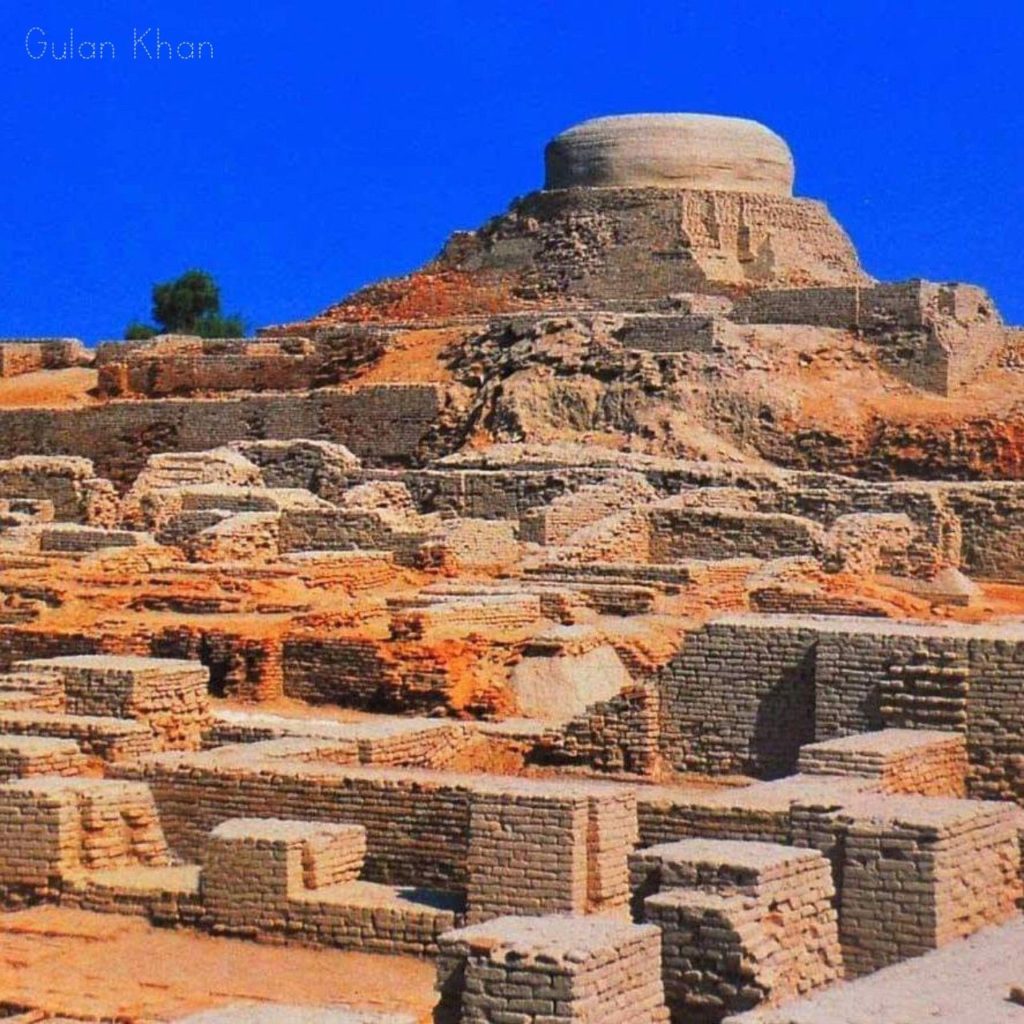
The word “Mohenjo-Daro” means “The Mound of the Dead”. This historical site was discovered by Rakhaldas Banerji and it came under the spotlight for the first time in 1922 due to its ancient archaeology: when it was found similar to Harappa Civilization which was discovered just one year earlier. These both civilizations have so much similarities that it seems that they both were parts of the same civilization.

Mohenjo-Daro is located in the province of Sindh, Pakistan. (181 miles away from Karachi towards Larkana). As a tourist, you can easily go towards Mohenjo-Daro from Karachi by train, bus or even by arranging a private car. You can even hire a guide for the tour at very cheap rates too.

This ancient civilization was built back in 2500 BC and remained as one of the most developed civilizations for centuries. When we unfold the historical facts about the city, we find that Mohenjo Daro was a well-planned and well-constructed city. The city was divided into two parts: “Citadel” and “The Lower City”. Citadel was purposefully built at height 40 feet above the remaining city which includes large baths, two large assembly halls and residential structure designed for around 5000 citizens. It looks evident that the Citadel was designed especially for official meetings, prayers and ruling elite. The Lower City was made for the rest of the citizens which includes brick made small houses with proper drainage system, underground furnace, defense fortifications, towers, central market place along with a large central well for drinking water.
ACCORDING TO AUTHOR FADEEL FROM NIGERIA

When we talk about Mohenjo Daro, it is part of the most historical city of the world. Mohanjo Daro was built as early as the 26th century BC, it was discovered only in 1921. No one knows the actual name of this ancient city, it is believed that it was earlier known as “Kukkutarma” – the Dravidian name meaning “The City of Cockerels”.
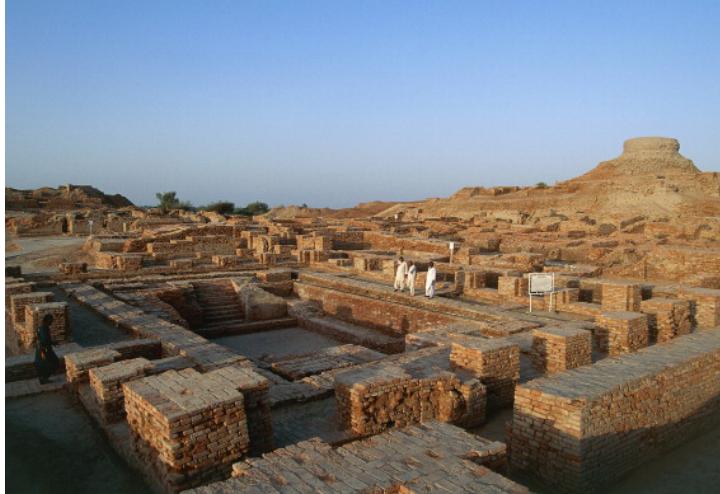
The city had two parts – a higher mound that had the acropolis, while the lower mound was a residential area. Rectilinear houses had individual bathrooms, inner courtyards and covered drains, which were channeled to an underground sewer system. The city also had a marketplace, underground furnace, defence fortifications, towers, etc. Historians have excavated beautiful silver ornaments adorned with colourful stones like red carnelian, agate and emerald among others. They used to wear necklaces, earrings, bracelets, finger rings and other body ornaments similar to ours.
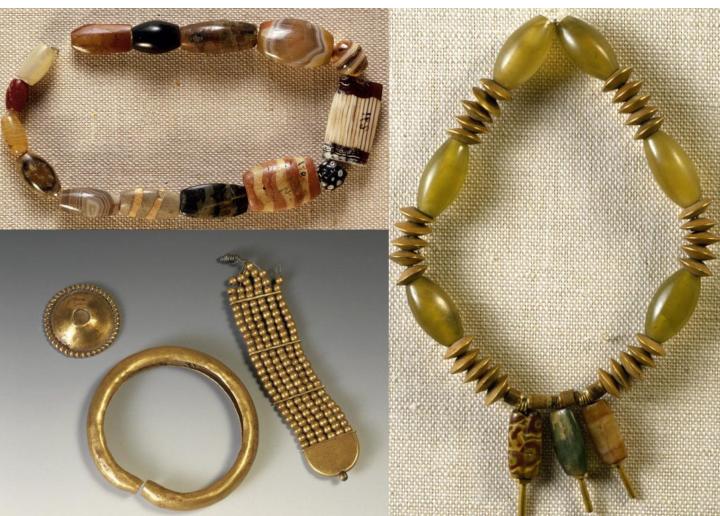
The great bath -the father of bath houses. The great bath is a bathing pool made of bricks polished with natural tar to make it waterproof. The 8-feet deep, 23-feet wide, 39-feet long bathing pool had changing rooms and bathrooms around it, and is believed to have been used for religious purification purposes. Each well was maintained for hundreds of years and was dug throughout the city with lots of planning. Arts and craft People of Mohenjo Daro were experts at ivory and shell carving as well as making stuff out of metals like bronze and copper. The 10.8 cm long bronze statuette of a dancing girl clearly depicts their skill. They were also experts in the production of lapidary and stone tools, glazed ornaments and stoneware bangles.
Historians also excavated remnants of a seal manufacturing workshop. City is approaching its death. The 5000-year-old ruins of a once hustling and bustling city are fast crumbling, and expert archaeologists state that it will survive only for another 20 years.
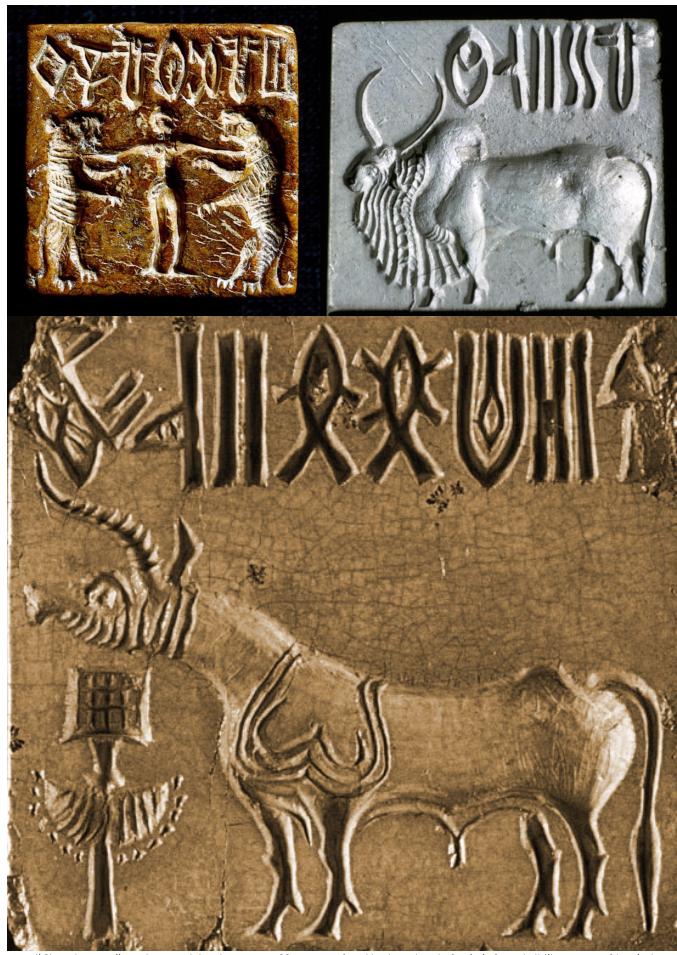
If this article can help just one person, I would be ecstatic. Thanks for reading, our awesome. Make sure to follow us for more articles like this!
NOTE: We are thankful to the following for our research work:
https://www.harappa.com/har/indus-saraswati.html
https://www.britannica.com/place/Mohenjo-daro
https://www.sjsu.edu/faculty/watkins/indus.htm
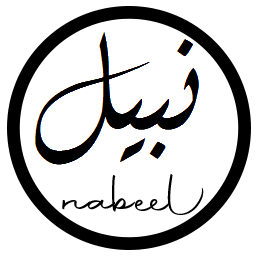
Very well explained article… Keep it up fadeel and Nabeel Rashid
Thanks Elaine
Nice article. very well explained Sir Nabeel And Fadeel
Buhat khub. Achi kawish hai. Nabeel bhai
Shukriyaa Samandar Khan
Masha Allah excellent article. Representing Pakistan worldwide with bright shining colorscolors.. May Allah bless you Nabeel Rashid and Fadeel
Good effort.
Thanks Adeel Ahmed
Over All, it was an incredible piece of knowledge. We never realized that Ancient Egyptians had contemporaries in South Asia… I wish researchers could read the signs from Mohenjo Daro’s local language manuscripts and statues.. Great work by Nabeel Rashid and Fadeel
Thanks A lot Tatiaana
Great work Nabeel!
Thanks
Nice work. Thanks for promoting our Pakistan worldwide in a soft and positive way..
Thank you all for your appreciation
Thank u sir nabeel
Welcome Fadeel